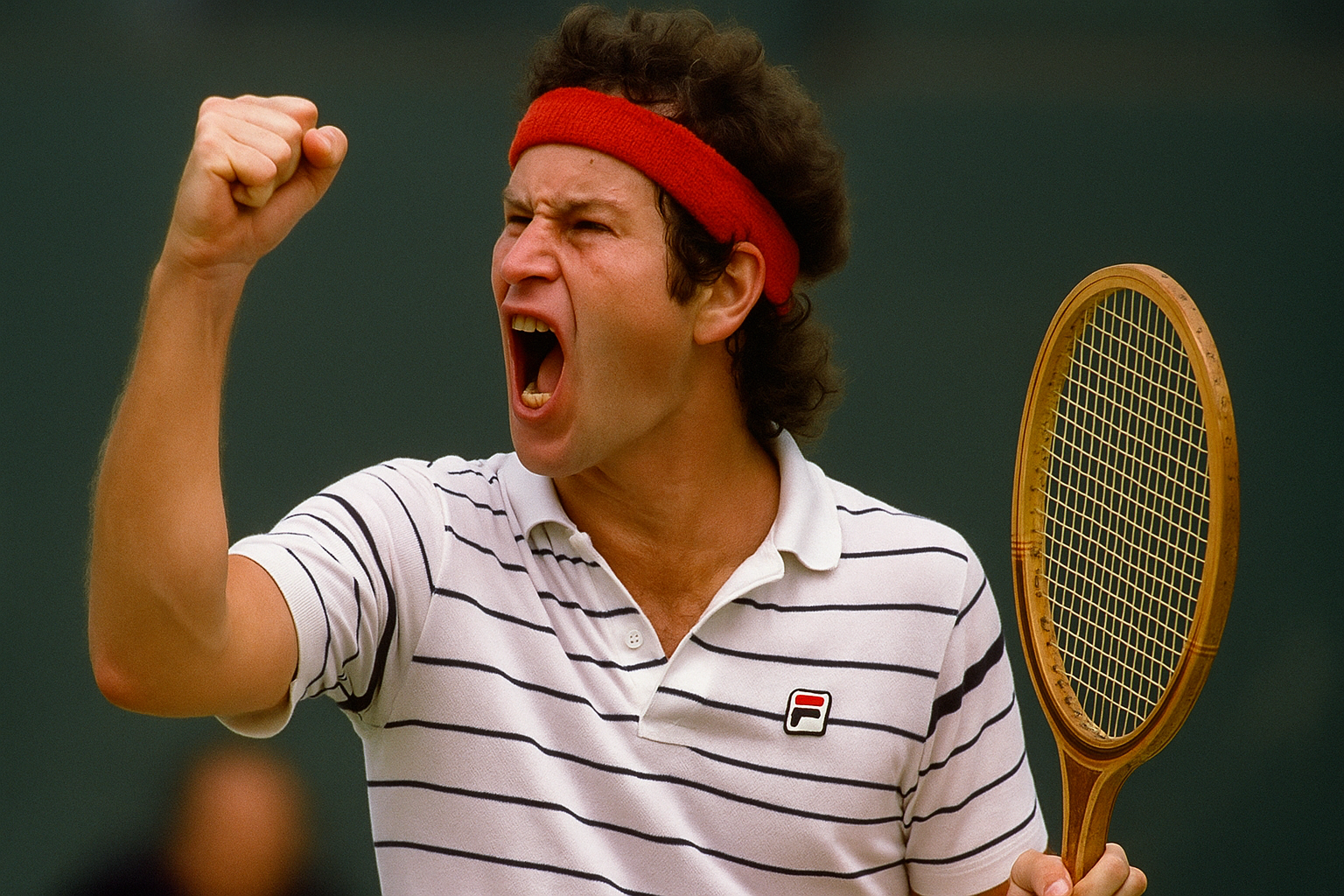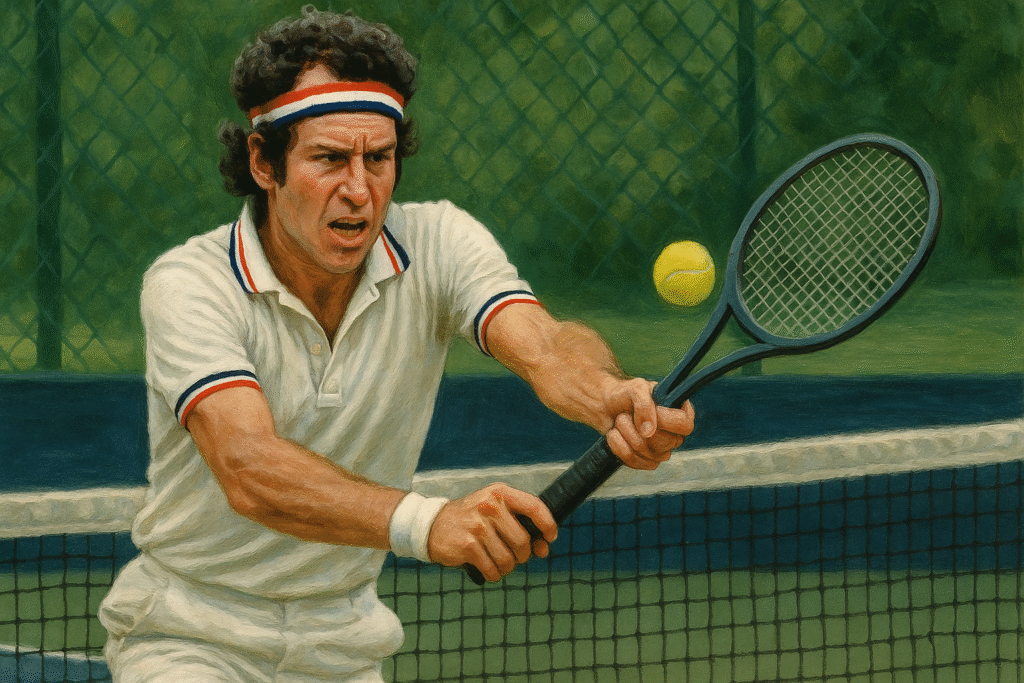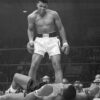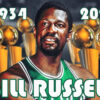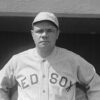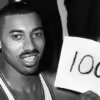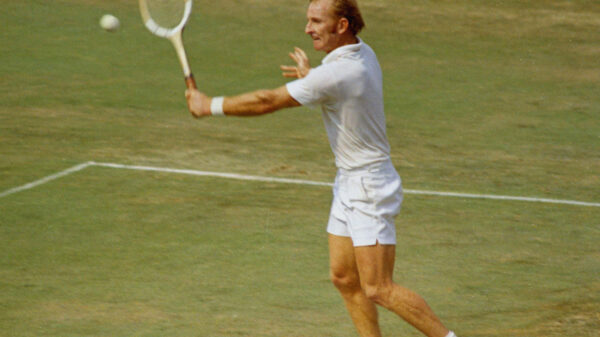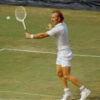John McEnroe is more than just a tennis icon—he’s a living legend whose legacy has shaped the very fabric of the sport. Recognized for his unmatched talent, fiery passion, and relentless pursuit of excellence, McEnroe’s journey is a blueprint for aspiring champions and sports enthusiasts alike. But what truly set him apart on the global stage? In this comprehensive biography, we’ll peel back the layers of McEnroe’s extraordinary career by uncovering seven surprising secrets that fueled his rise to tennis greatness. Through exclusive insights, actionable lessons, industry statistics, and authentic stories, this article reveals what makes McEnroe not just memorable, but monumental.
Table of Contents
1. Early Cognitive Training: Building a Strategic Mindset
John McEnroe’s tennis journey began well before he set foot on the professional circuit. Born in Wiesbaden, Germany, and raised in Queens, New York, McEnroe was introduced to the game at age eight. What set his early development apart was not just physical training, but a strong focus on cognitive skills.
How did his early strategy set him apart from peers?
- Problem Solving: McEnroe’s father, a military man, emphasized mental sharpness. From a young age, John was taught to analyze opponents and anticipate moves—giving him a tactical edge.
- Visualization Techniques: He regularly visualized matches, rallying sequences, and game outcomes, a method now widely endorsed by sports psychologists.
- Adaptability: This mental flexibility allowed him to improvise under pressure, a quality seen vividly during his legendary 1980 Wimbledon final against Björn Borg—a match that showcased his strategic depth.
Key Takeaway
Strategic thinking, fostered from youth, laid the foundation for McEnroe’s later dominance and remains a critical component for modern athletes.
2. The Signature Serve-and-Volley: Mastering an Art Form
Unlike most players of his era who played baseline tennis, McEnroe elevated the serve-and-volley into a signature weapon. According to ATP statistics, over 70% of his points were won approaching the net—far above the era’s average.
Step-by-Step: McEnroe’s Serve-and-Volley Blueprint
- Precision First Serve: Emphasize placement over power; McEnroe’s accuracy enabled quick positioning for the next shot.
- Split-Second Net Approach: Swiftly advance to the net right after serving to pressure the opponent.
- Soft Hands at the Net: Mastery over delicate volleys and half-volleys made passing McEnroe extremely difficult.
- Anticipatory Movement: Predict the opponent’s reactions for seamless transitions and quick reflexes.
Expert Tip
Current professionals, including Roger Federer and Tim Henman, credit McEnroe as an inspiration for their own net-oriented games.
Common Mistake to Avoid
Many players err by over-relying on power; McEnroe’s style showed that precision and touch can be deadlier than brute force.
3. Iconic On-Court Persona: Harnessing Emotions for Focus
McEnroe’s outbursts and emotional expressiveness became a hallmark—sometimes drawing controversy but often fueling his performance. Rather than diminishing his play, these passionate displays helped him reset, re-focus, and intimidate opponents.
Does channeling emotion enhance athletic performance?
A 2023 study in the Journal of Sport Behavior revealed athletes who constructively channel their emotions outperform those who suppress them by nearly 18% in high-pressure scenarios.
- McEnroe Example: During the infamous “You cannot be serious!” incident at Wimbledon, his subsequent play intensified, swinging the momentum in his favor.
- Mental Reset: Such episodes became tactical resets, helping McEnroe bounce back after lost points.
Pro Insight
Channeling emotion—rather than letting it control you—can be a powerful mental tool for competitive performance.
4. Relentless Competitiveness: The Edge that Drove Him Forward
McEnroe’s insatiable will to win became legendary—earning him seven Grand Slam singles titles and positioning him among tennis’s all-time greats. Even in practice, McEnroe treated every point as a battle, refusing to give up on any shot.
How does relentless competitiveness fuel greatness?
- Motivational Mechanics: Studies show that athletes who exhibit higher competitiveness are more resilient after setbacks and demonstrate stronger long-term performance.
- Training Application: McEnroe’s intense drive was evident off the court as well; teammates recall marathon sessions where he would not leave until mastering a particular shot.
- Case Study: In the 1984 season, McEnroe’s record was 82–3, the highest single-season winning percentage in the Open Era—underscoring the effectiveness of relentless drive.
Key Lesson
To cultivate greatness, maintaining peak competitive spirit in both victory and defeat is non-negotiable.
5. Reinventing the Mental Game: Psychology Before Its Time
Long before “sports psychology” became mainstream, McEnroe embraced mental coaching and introspective analysis to optimize his performance.
What mental techniques did John McEnroe use for peak performance?
- Mindfulness Practices: He incorporated breathing exercises and meditation, practices much more common in today’s athletic repertoire.
- Emotional Regulation: Frequent consultations with sports psychologists helped McEnroe develop routines to regain composure quickly.
- Visualization Routines: Imagining success, not just preparing for it, played a central role in his match preparation.
Actionable Tips
- Adopt a Pre-Match Routine: Develop rituals—music listening, visualization, focus exercises—to anchor mental stability.
- Track Emotional “Trigger Points”: Log moments of frustration or distraction and plan specific responses.
Common Mistake to Avoid
Neglecting the mental aspect is a recipe for plateaued performance. McEnroe’s early adoption of psychological strategies remains an industry best practice.
6. Adaptability Off the Court: Transitioning from Champion to Commentator
McEnroe’s greatness extended beyond playing; his ability to reinvent himself set a standard for life after sports.
How did John McEnroe transition so successfully to television and coaching?
- Intellectual Curiosity: Never content with the status quo, McEnroe immersed himself in sports broadcasting, bringing nuanced analysis and firsthand knowledge to tennis audiences worldwide.
- Communication Skills: His honest, often candid commentary changed how sportscasters approach analysis, emphasizing transparency over cliché.
- Coaching Contributions: By mentoring rising stars, McEnroe brought psychological and technical insights to new generations of players.
Best Practice
Lifelong learning and embracing new roles ensures ongoing relevance—even long after an athletic prime.
7. Legacy & Lessons: Impact on Tennis Excellence
Few sports figures have left as indelible a mark on their domain as John McEnroe. His influence is woven into the culture of tennis, visible in both the tactics of today’s players and in the sport’s broader embrace of athlete individuality.
What is John McEnroe’s ultimate legacy in tennis?
- Innovative Playing Style: Modern serve-and-volleyers and all-court players cite McEnroe as a foundational influence.
- Mental Health Awareness: Athletes today are encouraged to show emotion, seek help, and acknowledge psychological struggle—a movement McEnroe helped normalize.
- Media Savvy: His unapologetic style changed the standard for athlete-media relationships, paving the way for authenticity and transparency.
Actionable Lessons
- Play to Your Strengths: Rather than mimicking others, McEnroe doubled down on what he did best—net play, mental toughness, and strategic innovation.
- Embrace Authenticity: Remaining true to oneself can be a source of immense power, both on the court and in life.
Frequently Asked Questions About John McEnroe’s Tennis Greatness
What made John McEnroe’s tennis style unique?
McEnroe’s unique combination of precise serve-and-volley tactics, creative shot-making, and rapid adaptability made him stand out. His ability to read and disrupt his opponents’ rhythms was unparalleled.
How did John McEnroe handle pressure during major tournaments?
He relied on cognitive routines, visualization, and emotional release to manage pressure. His on-court outbursts often served a strategic purpose—helping him reset and refocus.
What is McEnroe’s advice for young athletes?
“Never stop learning and never shy away from emotion—it’s what makes you human and what makes you great.”
Did McEnroe’s competitive spirit ever cause issues?
Yes, it sometimes led to on-court penalties and strained relationships, but it also fueled his drive to continually improve and win.
How is his legacy seen in today’s tennis?
Many players and coaches (see our guide on “Modern Serve-and-Volleyers” in our Tennis Techniques section) acknowledge McEnroe’s impact on evolving playing styles and mental health discourse.
You can follow us on our Facebook page


